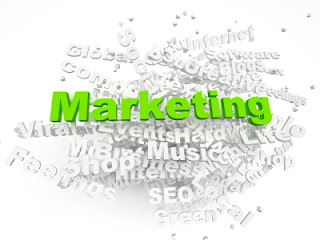Last week, we talked about the
treasure trove of content that you can use to build an event marketing campaign, largely by working with the key takeaways from your previous event.
But the next question is: Now that you’ve got the content in hand, what do you do with it?
Go Where Your Audience Gathers
One of the first rules of content marketing is to find your audience where they already gather, so the right mix of media for your campaign will depend on the groups you’re trying to reach. But for more and more organizations, all roads (or, at least, more roads) lead to one or more social platforms like Twitter, LinkedIn, Facebook, and YouTube.
If your organization has a limited presence on social media, or no presence at all, there are still some basic steps you can take to give your event some visibility online. Social media thrive on smart, targeted content, and you’ve got compelling material in search of a platform. Here are some steps you can take to build a perfect match:
- Create a Twitter hashtag for your event. If it’s an annual conference, or part of a recurring series, leave the year out of the tag, so you can reuse it and build a larger audience over time.
- Find the LinkedIn groups that match the profile of the audiences you’re trying to reach.
- As your conference website takes shape, featuring the types of material we talked about last week, produce LinkedIn stories and Twitter tweets that talk about the specific pieces of content that are most likely to draw each audience.
Keep the Conversation Real
To make this event marketing strategy work, you have to remember the fine distinction between conversation and selling.
If more than about 10% of your messaging has to do with the conference itself, you’ll be seen as a spammer and treated accordingly.
But if you genuinely set out to open conversations about your conference content, your online audience will begin to respond. Many of your speakers will appreciate the input. You’ll gradually widen your circles and reach prospective participants who’ve never heard of your event, or never considered attending.
And by the time participants get onsite, many of them will have already been a part of a gripping online dialogue that they’re eager to continue during the face-to-face event, then carry on via social media in the weeks and months after they get home. That’s when the conversations around your conference program become a starting point for building a stronger, more connected and member-centred organization.
Want more information? Come check out the Greenfield Services booth (number 137) at
iBE 2013 this June in Toronto!




